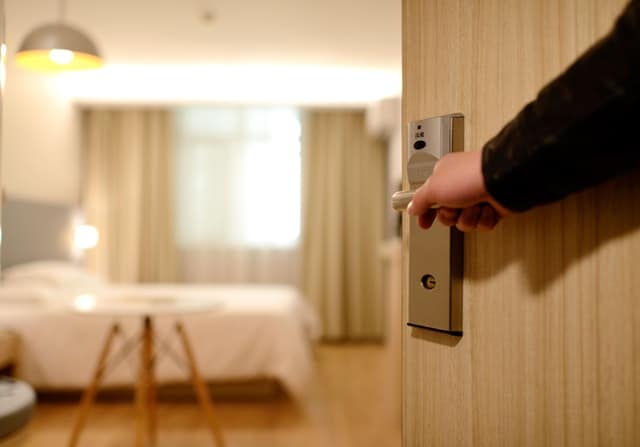How can you keep this from happening at your company? Consider the latest move from hospitality veteran Ian Schrager, who is demonstrating yet again that taking a customer-centric view is the key to surviving and thriving as his entire industry is transformed.
Competitive disruption
Ian Schrager has been at the cutting edge of the hospitality business for over 40 years. He co-founded NYC’s hottest club, Studio 54, in the 1970s, launched the world’s first boutique hotels in the 1980s and has been constantly innovating the model during the last 30 years.
Now Schrager is part of the hospitality “establishment,” facing an onslaught of competition from Airbnb and other sharing economy players. Schrager does not just scoff at the tidal wave of change that sharing models are bringing. He says, “the only way to compete with a disruptive idea is to come up with another disruptive idea.”
So, Schrager set out to transform the luxury hotel experience of 2017. His methods included revisiting the individual components that make up the experience, using technology to modernize what can be modernized, cutting what is no longer necessary for today’s guests and doubling down on the areas that are most important to guests currently on the fence between staying at an Airbnb or a hotel.
Here’s how his new hotel, Public, is transforming the experience:
- No room service (you can call and pick up the food instead) and no front desk. Instead, guests check themselves in on an iPad (there are a few “advisors” to help people with the process if needed).
- No turn-down service and no calling for ice or extra linens. Instead, there are ice machines and linen closets on each floor.
- Larger-than-expected rooms, with luxury appointments that would be expected at top-priced hotels.
- Extra focus on social spaces. Public’s public spaces are cool and hip, encouraging locals as well as guests, to hang out, eat and drink.
- More focus on the hotel bar and restaurant. These areas must be strong enough to survive on their own.
- Competitive pricing that is generally lower than similarly appointed rooms, elsewhere. Cutting the “extraneous” services hotels have been expected to provide for so long allows Public to offer better rates.
The payoff
Is it working? So far, the New York flagship Public is getting 35-45 percent of its revenue from food and beverage, well above the national average of 24 percent. It remains to be seen whether Public will truly compete with Airbnb, but it is great to see such an innovative approach from someone with forty years in the business.
While the bulk of Schrager’s transformations are in the physical, rather than digital, spaces, his approach to innovation applies to both realms. By breaking down into components each aspect of one of the oldest customer experiences, and—leveraging new technology-driven efficiencies—reassembling them in a new, leaner way to better address customer needs and preferences, Schrager manages to make his hotels seem fresh again in the face of formidable competition.
How can you apply this kind of thinking to your enterprise? Email me with your thoughts about the unique disruptive challenges your organization faces.
















